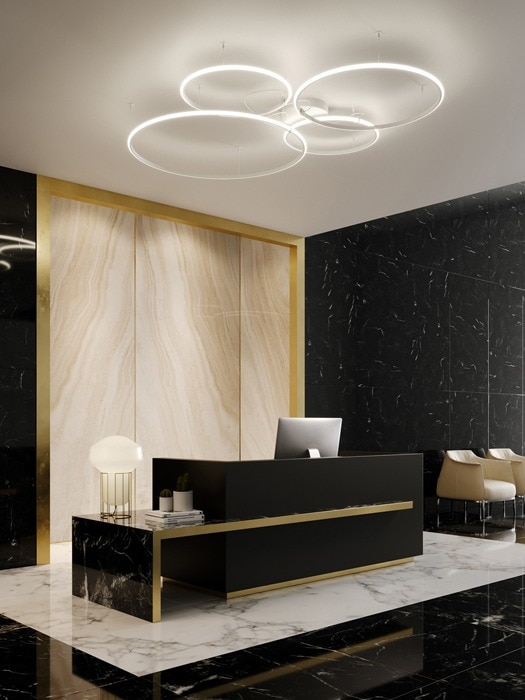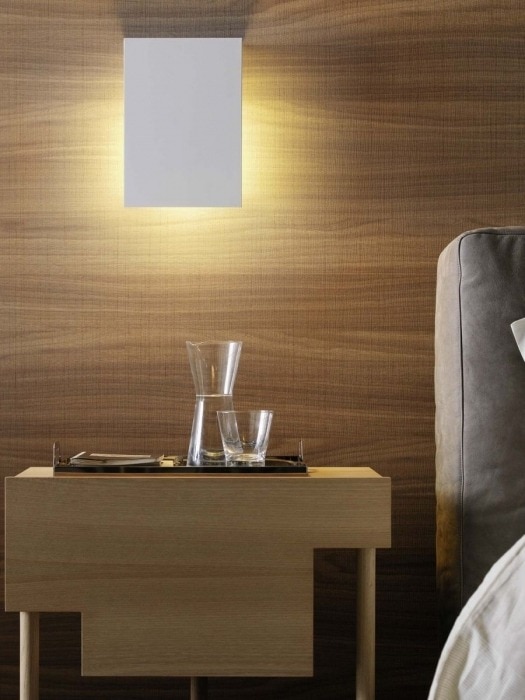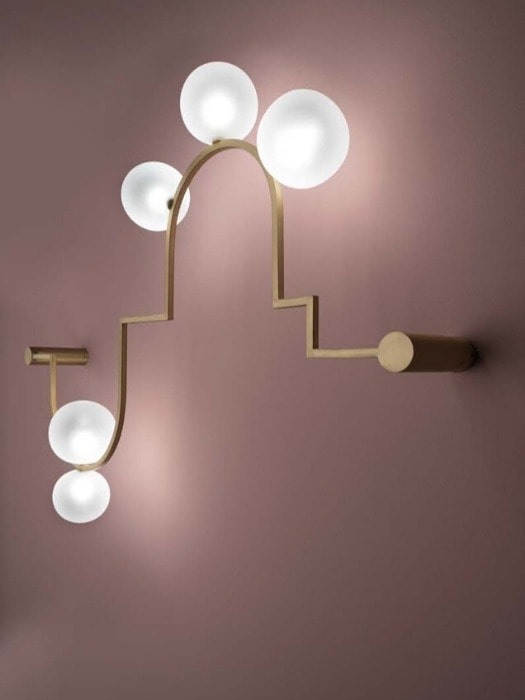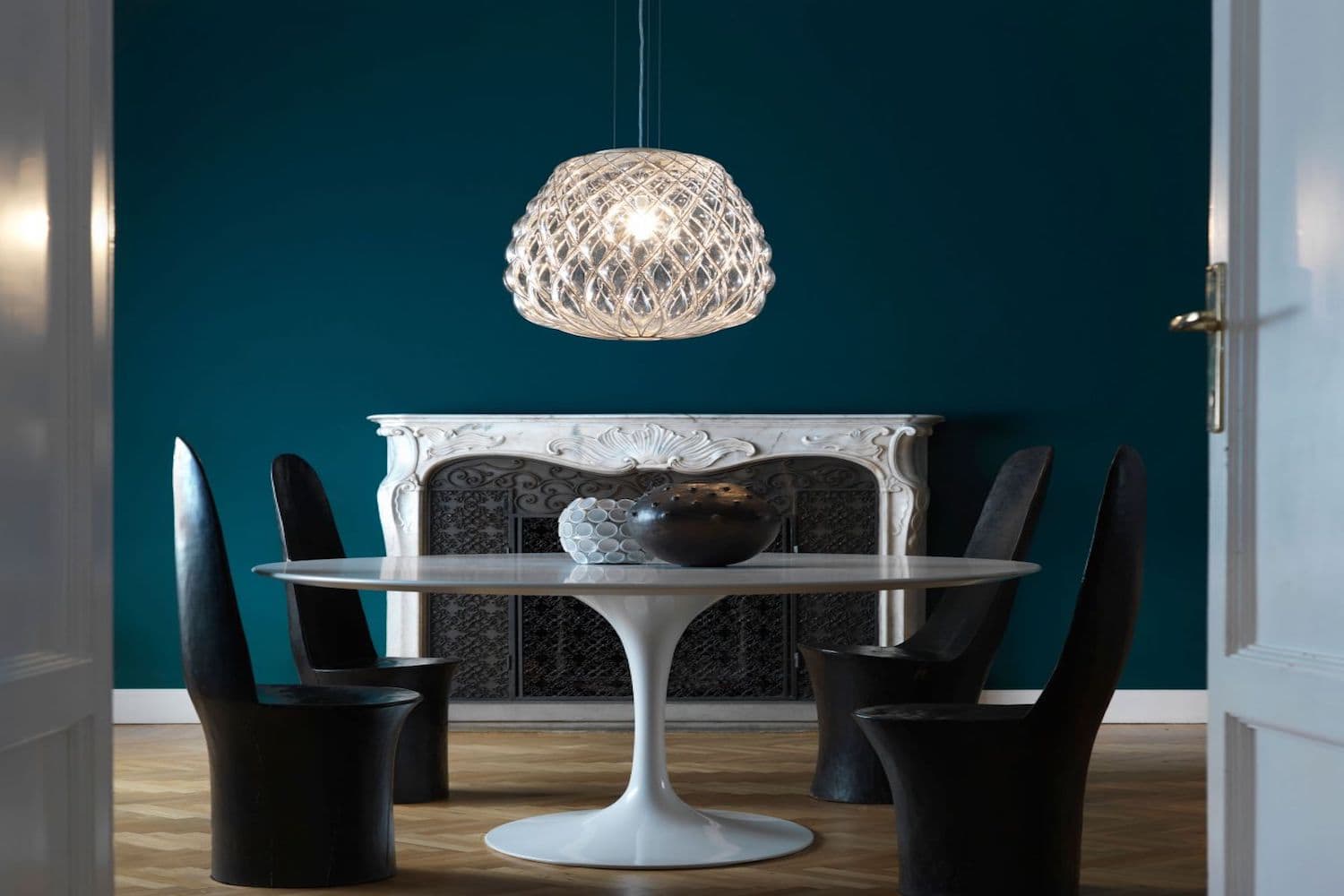
21 Apr The complete guide to selecting the right dimmer switch
To dim a light fixture or not to dim is the question? A lighting dimmer switch brings joy to many, and from an aesthetic point of view can stage-manage a mood and bring stunning dynamics to a space.
Imagine a dinner party with five layers of light and contributing to the sense of drama in the room or watching a film in the lounge room with lights dimmed low enough to eat whilst watching a film creating beautiful low light.
Dimming in an indoor or outdoor space not only controls the brightness in the space, but also improves the aesthetic appeal of a space, and saves energy. Dimmers range in size from small units for the size of domestic light switches to high-power units used in theatrical and architectural lighting installation.
A dimmer switch allows the operator to control the intensity of the light by emitting a pulse-width modulation signal that controls the voltage and current going to a light. The dimming motion enables you to increase or decrease the intensity of the light.
All LED light fittings are dimmable. The challenge lighting engineers face is that the dimming signal has compatibility with the driver that is supplying power to the light. The most popular dimmer switch signals on the Australian market today are phase signal (leading edge or trailing edge) / DALI / 1-10V.
Dimming methods
The following dimmer signals are:
Resistive dimmers
These are broken up into leading edge and trailing edge.
Leading edge is the most common type on the market and can dim standard incadescent lamps, low voltage transformers powering low voltage 12V lamps and constant current dimmable LED drivers.
Leading edge dimmers are rated by the maximum recommended wattage it can dim. Overloading the dimmer can cause damage to the dimmer. This type of dimmer also dims constant current 230V dimmable LED drivers.
Trailing edge is less common, more expensive and incorporates added technology and features. Suitable for dimming are wire wound transformers, standard incandescent lamps, mains voltage halogen lamps and d immable LED lamps. A dedicated trailing edge dimmer (as opposed to a Universal type dimmer) is better suited to LED light fittings and gives very stable control of the light fittings on any specific circuit.
Additional features that can be included in a trailing edge dimmer are soft start, smooth control, silent running and multi-method dimming. These features can all assist in extending the life of the lamps.
This dimming option gives you less control of individual lights if in a cluster. In a room of 6 downlights it is less expensive to set up and run. There are also a wider range of fittings that are compatible with that signal, thereby less expensive fittings and most importantly less expensive future replacement costs when the light globes blow.
Inductive dimmers
These are located on the secondary side of a low voltage or a lighting scheme. Inductive dimmers are rated by voltage rather than wattage. These are not suitable for home settings and are not found in the retail market.
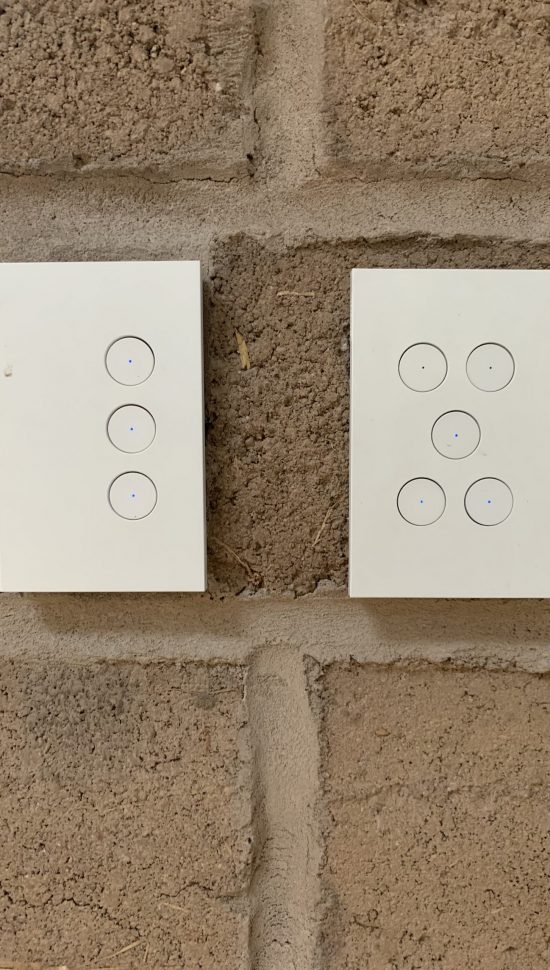
DALI
Digital Addressable Lighting Interface (DALI) is a trademark for network-based products that allows you to control all your light fittings independently. It is generally used in conjunction with a home automation system or lighting control system.The programmer gives each light fitting a specific address and therefore each lighting fitting is controlled independently of the other.
As an example in a bedroom where you might have 4 downlights, you could control each of those 4 downlights independently. One is at 100% and the other 3 at 50% power. By comparison, when using a lighting control system with phase leading edge or trailing edge dimming signal, all the lighting fittings on the one specific circuit are controlled together. All 4 fittings are either off or dimmed together.
Fluorescent light dimmers (1-10V)
Dimming fluorescent lamps is complex. To successfully dim a fluorescent light, a high frequency analogue 1-10 volt regulated ballast is required. There are some compact fluorescent lamps available on the market that will work with this type of dimmer.
Please note, not all lights dim the same. Different lighting brands perform differently. Some ‘dimmable’ lights will not dim much and could only dim in a 3 stage stagger, while others will dim to almost no light output with much gradation. Some will have a smooth change in brightness while others have quick jumps in their brightness as they are dimmed. The variation in performance between models and brands is generally quite large!
Do dimming lights save energy?
Yes- Light dimmers save energy by reducing the flow of electricity to the light and allow lights to operate with lower power output. Dimming lights also extend the life of your light source.
The amount of electricity sent to a particular light fixture is reduced. Therefore, the electricity bill for a light fixture is reduced anywhere from 40% to 90%.
Built-in dimmers
There are two types of built-in dimmers: rotary or push button. There are obviously different styles but designer dimmer switches can integrate beautifully into a wall. To turn lights on or off a rotary knob dimmer is pressed. You turn the knob to select the light intensity.
A push-button works according to the same on-off principle. However, to change the light intensity, you must hold on the button. Some push-button dimmers alternate in their operation (brightness increases during the first long press, dimming occurs during the second long press). Other push-button dimmers reach a specific percentage of brightness.
What are light dimmer location options?
Dimmers typically come in three location options:
- Single-pole dimmers are designed to provide dimming control from only one location.
- Three-way dimmers adjust the lighting levels of your space from one location, but are installed with three-way on/off switches allowing you to turn the lights on to the dimmer level from a variety of different locations.
- Multi-location dimmers are typically paired with accessory dimmers that allow you to fully control and dim the light output from multi-locations.
Internet-enabled dimmers
There are manual and internet enabled dimmer switches where you can adjust energy output, light intensity from your phone in the form of an app. The more expensive dimmer switches often include features such as sleeker design and integration with smart phones.
What are the compatibility issues with dimmers?
Phase signal dimmers can have issues if the load on a specific circuit (the number of fittings on that specific circuit and therefore the power draw of the circuit) is very low. Low power draw causes light flickering. Light flickering is resolved by the use of a load correction device that is retrofitted by the electrician to artificially increase the load on that specific circuit and thereby stabilise the power and eliminate the flicker.
Legacy technologies when converting old halogen lights with LED fittings is one of the biggest challenges. An example of this is a typical halogen downlight has a 35W or 50W halogen globe and iron core transformer. The technology uses too much energy to deliver the light source. Modern LED downlights only draw 6W per fitting.
When taking a halogen fitting and installing a LED light fixture the load on the circuit is significantly reduced. Transformers and dimmers need to be changed to the new technology. Do not mix dimming circuits from different manufacturers as you may get flicker, stuttering dimming and rushed dimming.
Find out how Gineico Lighting is responding to Covid-19.
Check out our ceiling lighting hacks and tips on how to select pendant or recessed lighting.
Delve deeper into the projects that showcase some of our best lighting solutions for R Marine Sydney and the Microsoft Technology Office.
Read more about our favourite sculptural lighting by VeniceM.
Our mission at Gineico is to improve the overall aesthetics of an interior with our lights while taking into consideration the intended use, impact, budget and functionality of the lighting scheme before developing several lighting design proposals for our customer. Read about the Italian brands we curate and represent.


